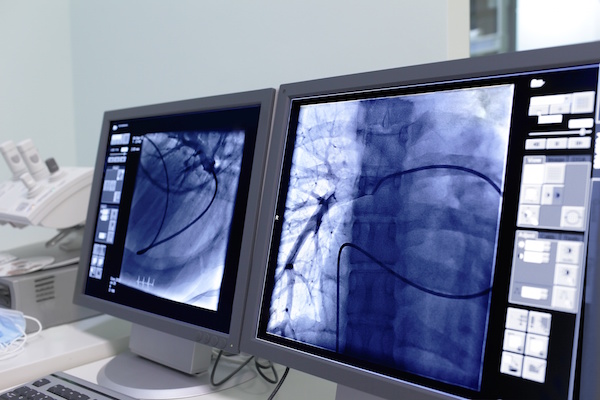
THURSDAY, April 23, 2015 (HealthDay News) — Actress and activist Angelina Jolie made news last month when she announced she had her ovaries removed — after undergoing a preventive double mastectomy in 2013 — because she is a carrier of BRCA, a genetic mutation that greatly increases the risk of breast and ovarian cancers.
Jolie did not have cancer but underwent both surgeries to reduce her cancer risk. Now, a new study supports preventive ovary removal in women with breast cancer who also carry the BRCA1 mutation. Women can greatly reduce their risk of dying from the breast cancer if they undergo ovary removal (“oophorectomy”) — and the sooner the better, the researchers said.
“By having an oophorectomy done soon after a breast cancer diagnosis, we can increase the chance a woman with a BRCA1 mutation will survive her breast cancer,” said study researcher Kelly Metcalfe, professor of medicine and nursing at the Women’s College Research Institute of the University of Toronto.
How soon is best? “We’re suggesting within the first year,” Metcalfe said.
When women find out they are BRCA carriers, Metcalfe said, they are usually advised that their risk of breast and ovarian cancer rises sharply. They are also counseled about preventive mastectomy and oophorectomy. The new study points out the importance of having that surgery as soon as possible, Metcalfe said.
However, the decision is a difficult one. Any surgery carries risks, and ovary removal before menopause causes early menopause.
“Some choose not to remove their ovaries until they are done with childbearing,” said Dr. Stephanie Bernik, chief of surgical oncology at Lenox Hill Hospital in New York City.
While the researchers found a link between ovary removal in women with BRCA1 and lower risk of death from breast cancer, they can’t prove cause and effect. However, Metcalfe said, the investigators accounted for many factors, such as type of tumor and treatment plan to tease out the effect of the surgery.
For the study, published online April 23 in JAMA Oncology, the researchers followed 676 women who had early stage breast cancers and were carriers of BRCA1 or BRCA2 mutations.
Roughly half had their ovaries removed.
The women had undergone treatment for breast cancer, including mastectomy and lumpectomy, according to the report.
Overall, more than 77 percent of women survived over the 20-year follow-up from time of diagnosis, the findings showed.
Women who had their ovaries removed had a 56 percent reduction in breast cancer death compared to women who kept their ovaries, the study found. When the researchers looked only at women with BRCA1 mutations, those who had their ovaries removed had a 62 percent lower risk of death from breast cancer than BRCA1 carriers who did not.
The women with BRCA2 who had their ovaries removed had a lower risk of breast cancer death than BRCA2 carriers who kept their ovaries, but the lowered risk wasn’t great enough to be considered statistically significant, the researchers said.
Nine women in the group who kept their ovaries died from ovarian cancer over the follow-up period, according to the report.
On average, ovary removal was done six years after the breast cancer diagnosis, but earlier oophorectomy conferred a greater reduction in breast cancer death risk, the study found.
For example, those with a BRCA1 mutation who had their ovaries removed within the first two years had a reduction in death risk of between 62 and 73 percent, Metcalfe said.
The protective effect of ovary removal was especially strong if women had the type of breast cancer known as estrogen receptor-negative (ER-negative) after age 50, Metcalfe’s team found.
The overall finding of a reduced risk of death from breast cancer in those who had ovary removal is not surprising, said Bernik, who was not involved in the study. However, the strong benefit for those with ER-negative cancers did surprise her.
She said it’s possible that a larger study might have found a more significant benefit of ovary removal for BRCA2 patients. Such a study should be done, she added.
More information
To learn more about BRCA mutations, see the American Cancer Society.
Copyright © 2026 HealthDay. All rights reserved.

